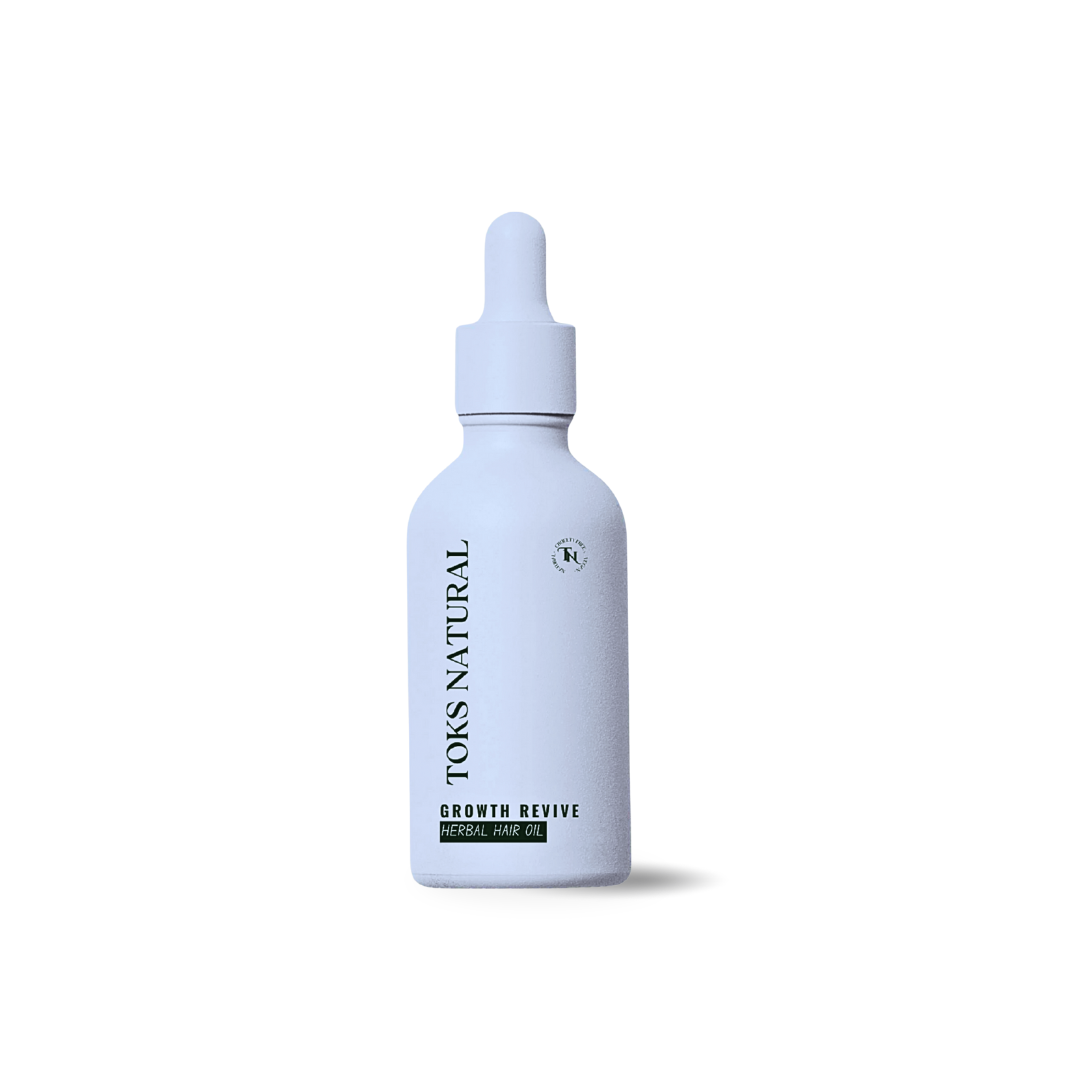
How to Create a Personalised Hair Care Routine Using Ayurveda
Share
Ayurveda, the ancient Indian system of medicine, offers a holistic approach to hair care that focuses on balancing the body’s energies, or doshas, to promote healthy hair and scalp. By understanding your hair type and its specific needs, you can develop a personalised hair care routine that aligns with Ayurvedic principles. Here’s a step-by-step guide to help you create your own Ayurvedic hair care routine.
Step 1: Identify Your Hair Type (Prakriti)
In Ayurveda, hair types are classified according to the three doshas: Vata, Pitta, and Kapha. Understanding your predominant dosha helps in choosing the right hair care practices and products.
Vata Hair Type
- Characteristics: Thin, dry, brittle, frizzy, prone to split ends.
- Needs: Moisturisation and nourishment to combat dryness and breakage.
Pitta Hair Type
- Characteristics: Fine, soft, prone to premature graying and hair thinning.
- Needs: Cooling and soothing treatments to balance excess heat and reduce inflammation.
Kapha Hair Type
- Characteristics: Thick, oily, shiny, prone to dandruff and excessive oiliness.
- Needs: Cleansing and balancing treatments to manage oil production and prevent buildup.
Step 2: Choose the Right Ayurvedic Oils
Ayurvedic oils are essential for maintaining scalp health and promoting hair growth. Select oils based on your hair type:
Vata Hair Type
- Recommended Oils: Sesame oil, almond oil, olive oil.
- Benefits: These oils provide deep nourishment and hydration.
Pitta Hair Type
- Recommended Oils: Coconut oil, bhringraj oil, neem oil.
- Benefits: These oils have cooling properties and help soothe the scalp.
Kapha Hair Type
- Recommended Oils: Mustard oil, tea tree oil, rosemary oil.
- Benefits: These oils help balance oil production and have cleansing properties.
Step 3: Develop a Hair Washing Routine
Frequency and choice of shampoo can greatly affect hair health. Tailor your washing routine to your hair type:
Vata Hair Type
- Frequency: 1-2 times a week.
- Shampoo: Use a mild, hydrating shampoo with natural ingredients.
- Conditioner: Always use a moisturising conditioner to prevent dryness.
Pitta Hair Type
- Frequency: 2-3 times a week.
- Shampoo: Choose a cooling and soothing shampoo, preferably herbal.
- Conditioner: Use a light conditioner to avoid weighing down fine hair.
Kapha Hair Type
- Frequency: 3-4 times a week.
- Shampoo: Use a clarifying shampoo to remove excess oil and buildup.
- Conditioner: Apply a light conditioner only to the ends of the hair.
Step 4: Incorporate Ayurvedic Treatments
Regular treatments help address specific hair issues and maintain overall hair health.
Vata Hair Type
- Hot Oil Massage: Warm sesame or almond oil and massage into the scalp once a week.
- Herbal Masks: Use a mask made of mashed avocado, banana, or aloe vera gel to hydrate and nourish.
Pitta Hair Type
- Cooling Oil Massage: Massage coconut or bhringraj oil into the scalp twice a week.
- Herbal Rinses: Rinse hair with a mixture of hibiscus tea or aloe vera juice to cool and soothe the scalp.
Kapha Hair Type
- Stimulating Oil Massage: Use mustard or rosemary oil for a stimulating scalp massage once a week.
- Herbal Scrubs: Exfoliate the scalp with a mixture of sea salt and tea tree oil to remove excess oil and dandruff.
Step 5: Maintain a Balanced Diet
Ayurveda emphasises the importance of diet in maintaining hair health. Eat foods that balance your dosha:
Vata Hair Type
- Diet Tips: Include warm, nourishing foods like soups, stews, and root vegetables. Add healthy fats like ghee and nuts.
Pitta Hair Type
- Diet Tips: Focus on cooling foods such as cucumbers, melons, and leafy greens. Avoid spicy, fried, and acidic foods.
Kapha Hair Type
- Diet Tips: Eat light, dry foods like fruits, vegetables, and whole grains. Avoid heavy, oily, and sugary foods.
Step 6: Practice Stress Management
Stress can significantly impact hair health. Incorporate relaxation techniques such as:
- Yoga and Meditation: Regular practice helps balance the mind and body.
- Pranayama (Breathing Exercises): Helps reduce stress and improve overall well-being.
- Adequate Sleep: Ensure you get 7-8 hours of restful sleep each night.
Conclusion
Creating a personalised hair care routine using Ayurvedic principles involves understanding your hair type and selecting the right oils, washing routine, treatments, diet, and stress management practices. By following these steps, you can achieve healthy, strong, and beautiful hair naturally.
Ready to transform your hair care routine with Ayurveda? Start by identifying your hair type and selecting the right products and practices tailored to your needs. Share your journey with us in the comments below and subscribe to our newsletter for more Ayurvedic tips and insights. For personalised recommendations and premium Ayurvedic hair care products, visit our website. Embrace the power of Ayurveda for healthier hair today!



